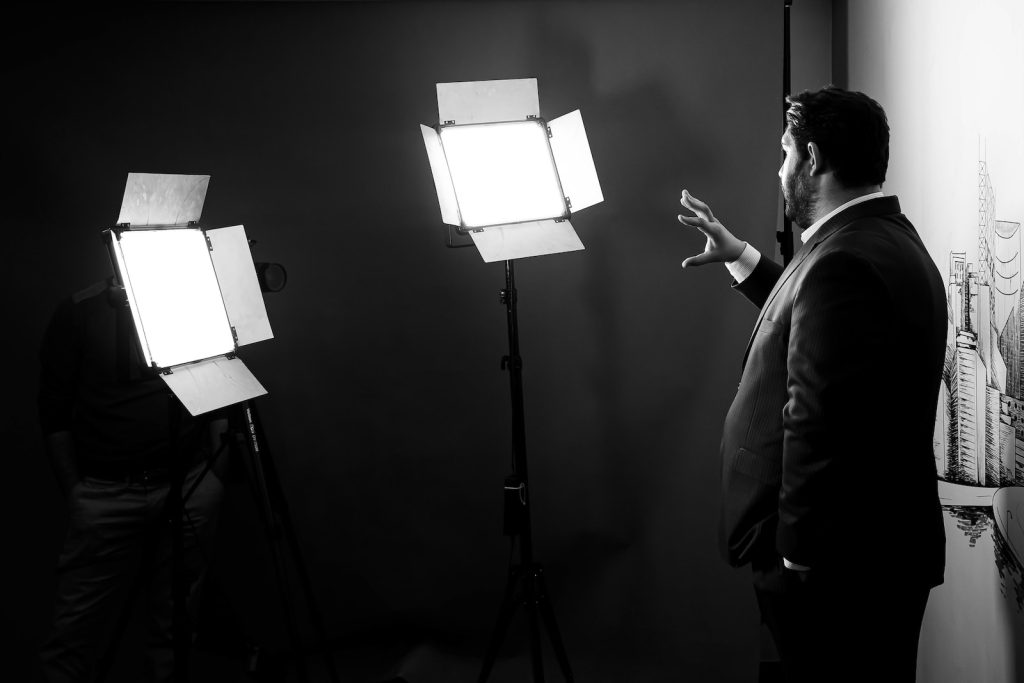The Body Language of a Narcissist: Decoding the Unspoken Signs
Narcissism is a complex personality trait often manifested through distinct body language patterns. Understanding the body language of a narcissist can provide valuable insights into their behavior and motivations. This comprehensive guide will delve deep into narcissistic body language, offering a detailed exploration of 25 key aspects. By the end of this article, you’ll be equipped with the knowledge to identify these subtle cues and gain a deeper understanding of the individuals exhibiting them.
Body Language of a Narcissist
The Power of the Gaze:
The eyes are windows to the soul, and for a narcissist, they mirror their grandiose self-image. They often maintain intense eye contact, conveying confidence and dominance when conversing.

Mirroring:
Narcissists are skilled mimics. They tend to mirror the body language of those they interact with, creating a false sense of connection. Recognizing this mirroring behavior is essential to see through their façade.
Self-Admiration in Mirrors:
Obsession with one’s appearance is a common trait. Narcissists frequently check their reflections, even in public spaces. It’s a reflection of their self-absorption.
Exaggerated Gestures:
Narcissists use expansive hand movements and exaggerated gestures to draw attention to themselves. These over-the-top motions emphasize their sense of importance.
Invading Personal Space:
They have a habit of getting too close for comfort. Invading personal space is a way to assert dominance and control during conversations.
One-Sided Conversations:
Narcissists love talking about themselves. They dominate conversations, often showing disinterest in what others have to say. They view interactions as opportunities for self-promotion.
Lack of Empathy:
Their body language often reveals their emotional disconnect. A lack of empathetic gestures, such as not offering comfort in distressing situations, is a telltale sign.
Superior Posture:
Narcissists maintain an upright, superior posture. They believe they are above others, and their body language reflects this.
Attention-Seeking Clothing:
Flashy, attention-grabbing attire is their choice. Clothing becomes another tool for seeking admiration and attention.
Dismissive Hand Waves:
Narcissists often dismiss others with a casual hand wave. It’s a way of asserting their superiority and brushing off opposing viewpoints.
Interrupting Conversations:
They frequently interrupt and interject. This behavior highlights their need to dominate discussions.
The Smirk:
A subtle, self-satisfied smirk is a common facial expression. It reflects their belief in their superiority.

Defensiveness:
When criticized, narcissists may display defensive body language, such as crossing their arms or narrowing their eyes.
Selective Listening:
While they appear attentive, they selectively listen, focusing only on what serves their interests.
Boundary Invasion:
They have little respect for personal boundaries and may touch others without consent as a display of control.
Dramatic Gestures of Frustration:
When things don’t go their way, they can throw tantrums or display dramatic gestures of frustration.
Competitive Stance:
Narcissists often engage in power struggles, physically leaning in during disagreements to establish dominance.
Disproportionate Reactions:
They tend to overreact to minor inconveniences or slights, making scenes to regain attention.
Preening and Grooming:
Continuous grooming, even when unnecessary, is another way they seek validation.
Boundary-Testing Touch:
Narcissists may touch others to test their boundaries and assess their control over them.
Over-the-Shoulder Glance:
A signature move to check their reflection in reflective surfaces while appearing uninterested.

The Elevated Chin:
A raised chin signifies arrogance and superiority, often seen during confrontations.
Ignoring Non-Verbal Cues:
Narcissists disregard others’ non-verbal signals, showcasing their self-absorption.
Dominating Physical Space:
They position themselves to occupy the most space in a room, asserting their dominance.
FAQs
Q: How can I effectively deal with a narcissist’s challenging behavior?
A: Establish clear boundaries and maintain your composure. Avoid reacting emotionally to their provocations.
Q: Can narcissistic traits change over time?
A: While complex, with professional help, some individuals can work on improving their behavior and reducing narcissistic tendencies.
Q: What are the psychological roots of narcissism?
A: Narcissism can be linked to childhood experiences, such as excessive praise or neglect.
Q: Is it possible to have a healthy relationship with a narcissist?
A: It’s challenging but not impossible. Open communication and professional guidance can help.
Q: Are all narcissists manipulative?
A: Not all narcissists are manipulative, but many use manipulation to achieve their goals.
Q: Can narcissism be a coping mechanism?
A: Narcissism can develop as a defense mechanism against past emotional trauma.
Conclusion
Understanding the body language of a narcissist is a valuable skill in navigating relationships and interactions. You gain insight into their mindset and motivations by recognizing these non-verbal cues. Remember that narcissism exists on a spectrum; not all individuals display extreme behaviors. Approach these individuals with empathy and caution, and consider seeking professional guidance when necessary.







